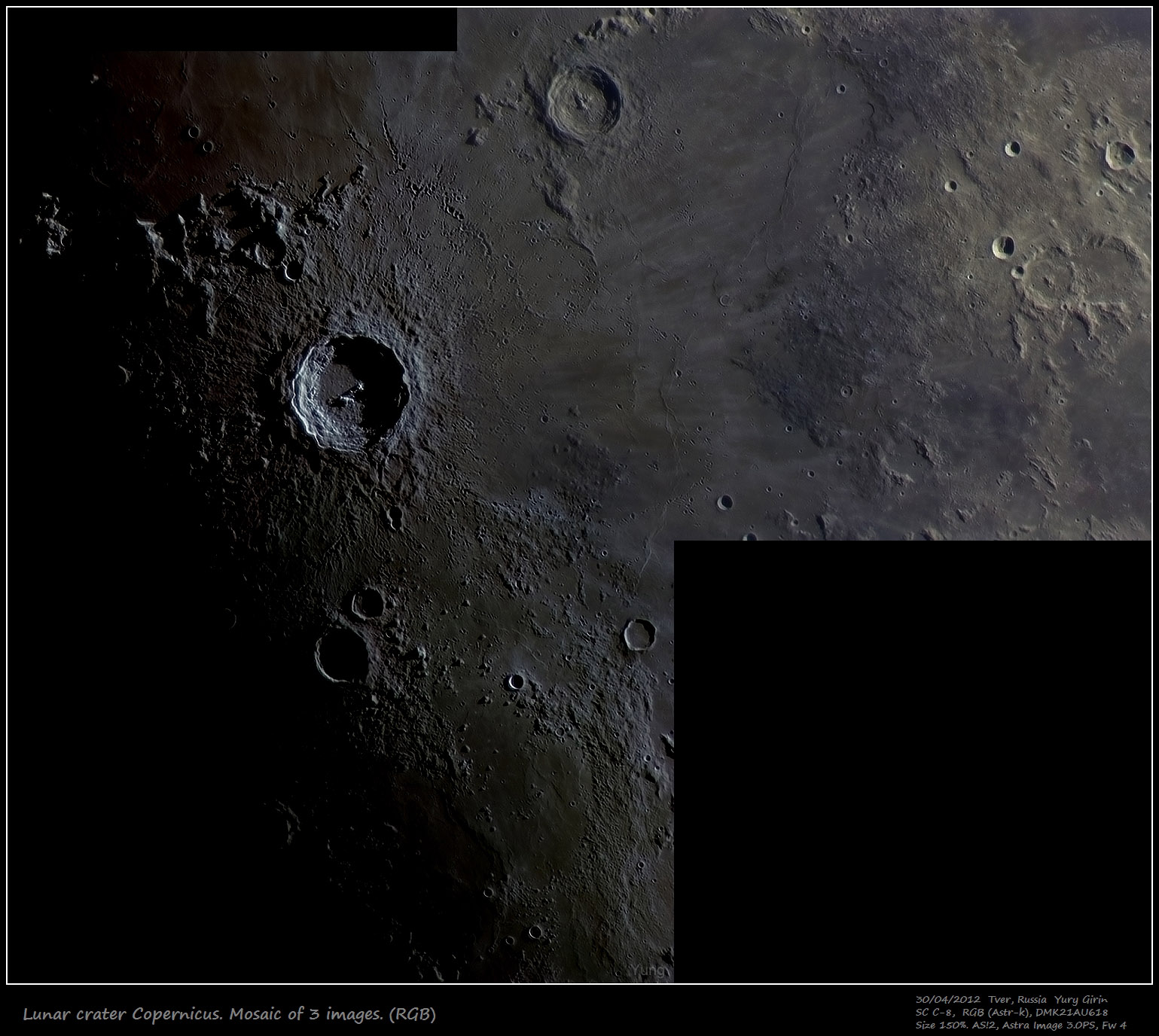Difference between revisions of "August 10, 2012"
| (5 intermediate revisions by the same user not shown) | |||
| Line 1: | Line 1: | ||
__NOTOC__ | __NOTOC__ | ||
=Brown Flows, Dark Ash= | =Brown Flows, Dark Ash= | ||
| + | <!-- Start of content --> | ||
<!-- ws:start:WikiTextHeadingRule:0:<h1> --> | <!-- ws:start:WikiTextHeadingRule:0:<h1> --> | ||
<!-- ws:start:WikiTextLocalImageRule:6:<img src="http://lpod.wikispaces.com/file/view/LPOD-Aug10-12.jpg/357104982/LPOD-Aug10-12.jpg" alt="" title="" /> -->[[File:LPOD-Aug10-12.jpg|LPOD-Aug10-12.jpg]]<!-- ws:end:WikiTextLocalImageRule:6 --><br /> | <!-- ws:start:WikiTextLocalImageRule:6:<img src="http://lpod.wikispaces.com/file/view/LPOD-Aug10-12.jpg/357104982/LPOD-Aug10-12.jpg" alt="" title="" /> -->[[File:LPOD-Aug10-12.jpg|LPOD-Aug10-12.jpg]]<!-- ws:end:WikiTextLocalImageRule:6 --><br /> | ||
<em>image by [mailto:girin@bk.ru Yury Girin], Tver / Russia</em><br /> | <em>image by [mailto:girin@bk.ru Yury Girin], Tver / Russia</em><br /> | ||
<br /> | <br /> | ||
| − | What a wonderful image from an 8" scope. This emphasizes that great imaging is more than aperture, | + | What a wonderful image from an 8" scope. This emphasizes that great imaging is more than aperture, |
| − | it really is magic. The color pinpoints the dark pyroclastic deposits such as the Bode Rille ash at top | + | it really is magic. The color pinpoints the dark pyroclastic deposits such as the Bode Rille ash at top |
| − | right and the Aestuum deposit southeast of Eratosthenes. The fact that the maria near these deposits | + | right and the Aestuum deposit southeast of Eratosthenes. The fact that the maria near these deposits |
| − | are not covered by them says that the lavas are younger. Changing topics, did you notice the strange | + | are not covered by them says that the lavas are younger. Changing topics, did you notice the strange |
| − | boundary just above the black corner of the image southeast of Copernicus? A bright ray and | + | boundary just above the black corner of the image southeast of Copernicus? A bright ray and secondary crater chain trend from west, southwest to east, northeast. This alignment is also the boundary |
| − | + | between brown lava flows to the north and grayish ones to the south. But rays and secondary chains | |
| − | between brown lava flows to the north and grayish ones to the south. But rays and secondary chains | + | have nothing to do with underlying geology because the rays and secondaries drop out of the sky on |
| − | have nothing to do with underlying geology because the rays and secondaries drop out of the sky on | + | anything below. So it must be that this is just a coincidence. Finally, as you look around this lovely |
| − | anything below. So it must be that this is just a coincidence. Finally, as you look around this lovely | + | image notice the rough texture at bottom right where Imbrium ejecta drapes Fra Mauro and the Apollo |
| − | image notice the rough texture at bottom right where Imbrium ejecta drapes Fra Mauro and the Apollo | + | 14 landing site. Usually we see this area under higher Sun and don't recognize how rough it really is. |
| − | 14 landing site. Usually we see this area under higher Sun and don't recognize how rough it really is.<br /> | + | <br /> |
<br /> | <br /> | ||
<em>[mailto:tychocrater@yahoo.com Chuck Wood]</em><br /> | <em>[mailto:tychocrater@yahoo.com Chuck Wood]</em><br /> | ||
<br /> | <br /> | ||
<strong>Related Links</strong><br /> | <strong>Related Links</strong><br /> | ||
| − | Rükl plate [ | + | Rükl plate [https://the-moon.us/wiki/R%C3%BCkl_32 32]<br /> |
<br /> | <br /> | ||
| + | <p><b>Yesterday's LPOD:</b> [[August 9, 2012|More Flows]] </p> | ||
| + | <p><b>Tomorrow's LPOD:</b> [[August 11, 2012|Morning Lineup]] </p> | ||
<hr /> | <hr /> | ||
| − | + | {{wiki/ArticleFooter}} | |
| − | |||
| − | |||
| − | |||
| − | |||
| − | |||
| − | |||
| − | |||
| − | |||
| − | |||
| − | |||
| − | |||
Latest revision as of 17:43, 13 October 2018
Brown Flows, Dark Ash

image by Yury Girin, Tver / Russia
What a wonderful image from an 8" scope. This emphasizes that great imaging is more than aperture,
it really is magic. The color pinpoints the dark pyroclastic deposits such as the Bode Rille ash at top
right and the Aestuum deposit southeast of Eratosthenes. The fact that the maria near these deposits
are not covered by them says that the lavas are younger. Changing topics, did you notice the strange
boundary just above the black corner of the image southeast of Copernicus? A bright ray and secondary crater chain trend from west, southwest to east, northeast. This alignment is also the boundary
between brown lava flows to the north and grayish ones to the south. But rays and secondary chains
have nothing to do with underlying geology because the rays and secondaries drop out of the sky on
anything below. So it must be that this is just a coincidence. Finally, as you look around this lovely
image notice the rough texture at bottom right where Imbrium ejecta drapes Fra Mauro and the Apollo
14 landing site. Usually we see this area under higher Sun and don't recognize how rough it really is.
Chuck Wood
Related Links
Rükl plate 32
Yesterday's LPOD: More Flows
Tomorrow's LPOD: Morning Lineup
COMMENTS?
Register, Log in, and join in the comments.



